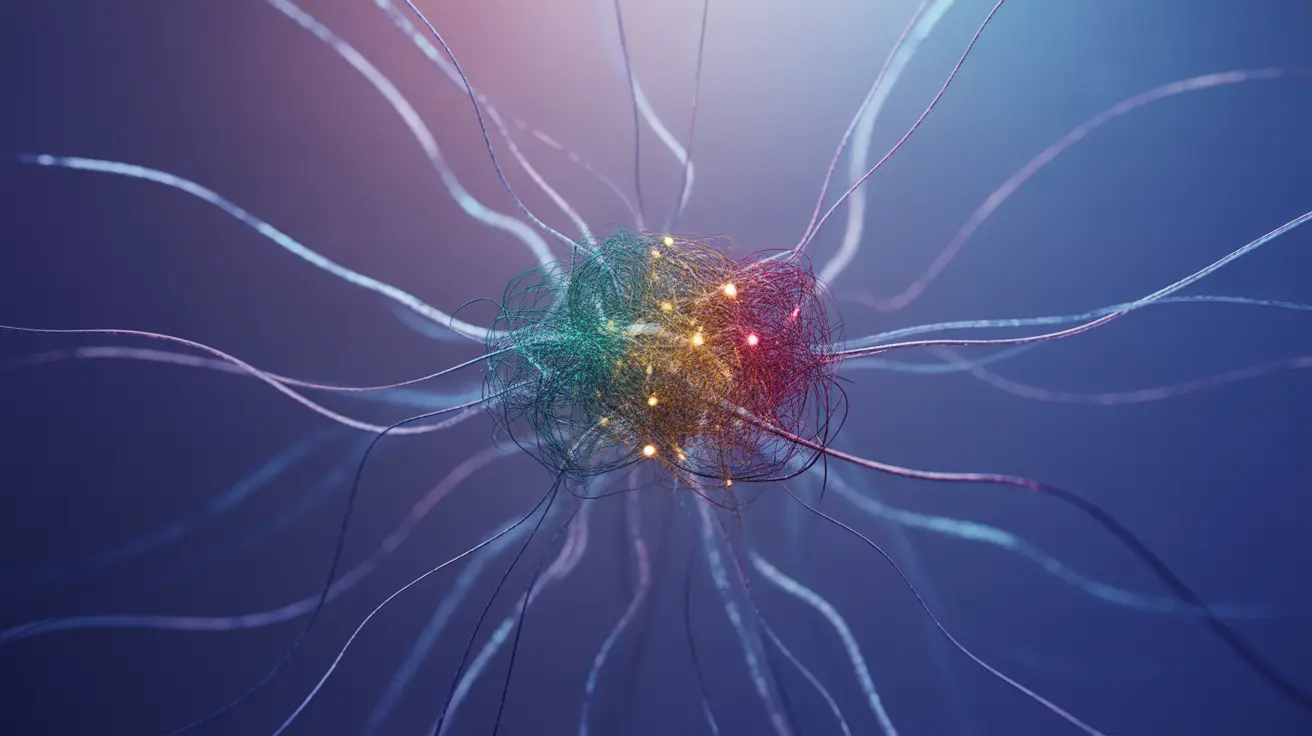The human brain, despite its universal importance, doesn't operate identically in everyone. Research has shown that different types of brains can significantly influence how individuals process information, handle stress, and recover from challenging experiences. Understanding these variations has become particularly relevant in the wake of global stressors like the COVID-19 pandemic.
By exploring the various brain types and their characteristics, we can better understand our mental health responses and develop more effective coping strategies. This knowledge is crucial for personal growth and resilience in challenging times.
The Five Primary Brain Types and Their Characteristics
Research by psychiatrist Dr. Daniel Amen has identified five distinct brain types, each with unique patterns of activity and responses to stress:
Balanced Brain Type
The balanced brain type represents optimal function, characterized by:
- Stable mood and emotional regulation
- Good decision-making abilities
- Appropriate stress response
- Consistent energy levels
- Strong impulse control
Spontaneous Brain Type
This brain type often correlates with attention and focus challenges:
- High creativity and energy
- Difficulty maintaining attention
- Tendency toward impulsivity
- Strong problem-solving abilities
- Challenge with routine tasks
Persistent Brain Type
Individuals with this brain type commonly experience:
- Tendency toward worry and anxiety
- Strong attention to detail
- Difficulty letting go of negative thoughts
- High performance in structured environments
- Careful planning abilities
Sensitive Brain Type
This type shows distinct emotional characteristics:
- Deep emotional processing
- Strong empathy and intuition
- Heightened sensitivity to environment
- Rich inner emotional life
- Vulnerability to mood fluctuations
Cautious Brain Type
These individuals typically display:
- Strong risk assessment abilities
- Tendency toward careful decision-making
- Heightened awareness of potential dangers
- Preference for predictability
- Thorough planning tendencies
Impact of Brain Types on Stress Response
Different brain types respond uniquely to stress and challenging situations. Understanding these patterns can help individuals develop more effective coping strategies:
Immediate Stress Response
Each brain type shows distinct initial reactions to stress:
- Balanced types maintain steady responses
- Spontaneous types may seek immediate solutions
- Persistent types often focus on potential problems
- Sensitive types experience strong emotional reactions
- Cautious types tend to withdraw and analyze
Long-term Adaptation
The way different brain types adapt to prolonged stress varies significantly:
- Balanced types typically maintain stability
- Spontaneous types may struggle with consistent coping
- Persistent types might develop anxiety patterns
- Sensitive types could experience emotional exhaustion
- Cautious types may become increasingly withdrawn
Strategies for Brain Type Balance
Regardless of your brain type, certain strategies can help maintain better mental health and resilience:
- Regular exercise and physical activity
- Consistent sleep patterns
- Mindfulness and meditation practices
- Proper nutrition and hydration
- Social connection and support
- Professional guidance when needed
Frequently Asked Questions
What are the different types of brains and how do they affect how people cope with stress?
The five primary brain types (balanced, spontaneous, persistent, sensitive, and cautious) each handle stress differently. Balanced types maintain equilibrium, spontaneous types seek quick solutions, persistent types focus on problems, sensitive types process emotionally, and cautious types tend to analyze thoroughly before acting.
How did the COVID-19 pandemic impact people with various brain types differently?
During the pandemic, balanced types generally maintained stability, while spontaneous types struggled with restrictions. Persistent types often experienced increased anxiety, sensitive types felt emotional overwhelm, and cautious types may have become more isolated and risk-averse.
What are the main characteristics of the five primary brain types identified by Dr. Daniel Amen?
The main characteristics include: balanced (optimal function and emotional regulation), spontaneous (creative but potentially unfocused), persistent (detail-oriented but prone to worry), sensitive (emotionally aware but potentially overwhelmed), and cautious (careful but potentially risk-averse).
How can understanding your brain type help improve your mental health and recovery after the pandemic?
Understanding your brain type helps identify natural strengths and potential vulnerabilities, allowing for more targeted and effective coping strategies. This knowledge enables better self-care practices and more appropriate choices in stress management techniques.
What strategies can help someone move toward a balanced brain type for better coping and resilience?
Key strategies include maintaining regular exercise, establishing consistent sleep patterns, practicing mindfulness, ensuring proper nutrition, building strong social connections, and seeking professional help when needed. These approaches can help any brain type move toward better balance and resilience.




